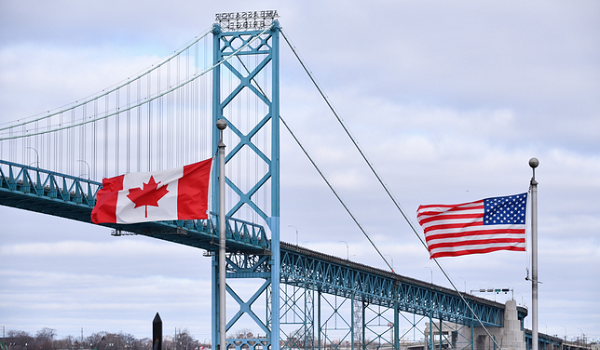Cost of buying a home in Toronto now is higher compared to January amid the interest rate cut
It’s disappointing news again for first-time homebuyers: buying a home post-interest rate cut is more expensive now than it was six months ago.
On June 5, the Bank of Canada cut the key interest rate by 0.25 per cent — the first cut in four years — but the long-awaited move from the Bank of Canada doesn’t help Toronto homebuyers. Since January, the average Toronto home price has steadily increased by almost $140,000, making carrying costs for homeowners with variable-rate mortgages — which change in lockstep with the central bank’s key rate — more expensive even with the rate cut.
In January, the average home price was $1,026,700, according to the Toronto Regional Real Estate Board (TRREB) and the best available five-year variable rate at 6.75 per cent as of Jan. 15. That resulted in a monthly mortgage payment of $5,627 (assuming the homebuyer put down a 20 per cent down payment and has a 25-year amortization period), a Ratehub.ca calculation found.
But in May, the average home price was $1,165,690 and the best available five-year variable rate as of June 11 — after the rate cut — is 6.1 per cent, resulting in a monthly payment of $6,022. That’s an increase of $395 a month compared to January.
“For new homebuyers, interest rate cuts are a double-edged sword,” said James Laird, co-CEO of Ratehub.ca and president of CanWise mortgage lender. “If (interest) rates fall two per cent, the carrying cost may end up being identical because home values have gone up enough to wipe out the drop in rates. It’s quite possible.”
Home values are “quite significant” in determining a homebuyer’s carrying costs, he added.

Even in a high-interest rate environment, Toronto’s real estate market has remained resilient, said Victor Tran, a mortgage and real estate specialist for Ratesdotca.
“Other regions such as Durham, Halton or Peel haven’t seen the same resilience as Toronto,” he said. “But it’s a different story in Toronto. It comes down to supply and demand.”
The rate cut will have a marginal effect on the market, as buyers will need to see another rate cut to feel reassured that the rate-cut cycle will be quicker than anticipated, Tran said.
“If a rate cut comes in July it will instil more consumer confidence, and if there’s another in the fall we could see buyers come back to the market.”
Economists predict there will be a 200-basis-point drop in the next 24 months, Laird said, which for many homeowners is a “good thing” as their variable rate will drop in accordance with each cut.
For homeowners renewing from 2024 to 2026, the rate cut provides some optimism as the “cutting phase” has officially begun, he added.
But switching to a variable-rate mortgage upon renewal isn’t advised at this time, Tran said, as the difference between fixed and variable interest rates is too wide.
Most fixed-rate mortgages are tied to the five-year bond yield, meaning when the bond yield goes up so does the interest on fixed-rate mortgages. The best market rate for the five-year fixed-rate mortgage is 4.69 per cent, according to Ratehub.ca.
“If the difference is one per cent or greater it’s not worth it to take the risk (and move to variable),” Tran said, as it may take some time for variable rates to fall below fixed rates. “It’s best to take the three-year fixed, call it a day and hope that rates will be lower in three years from now.”
This article was first reported by The Star












